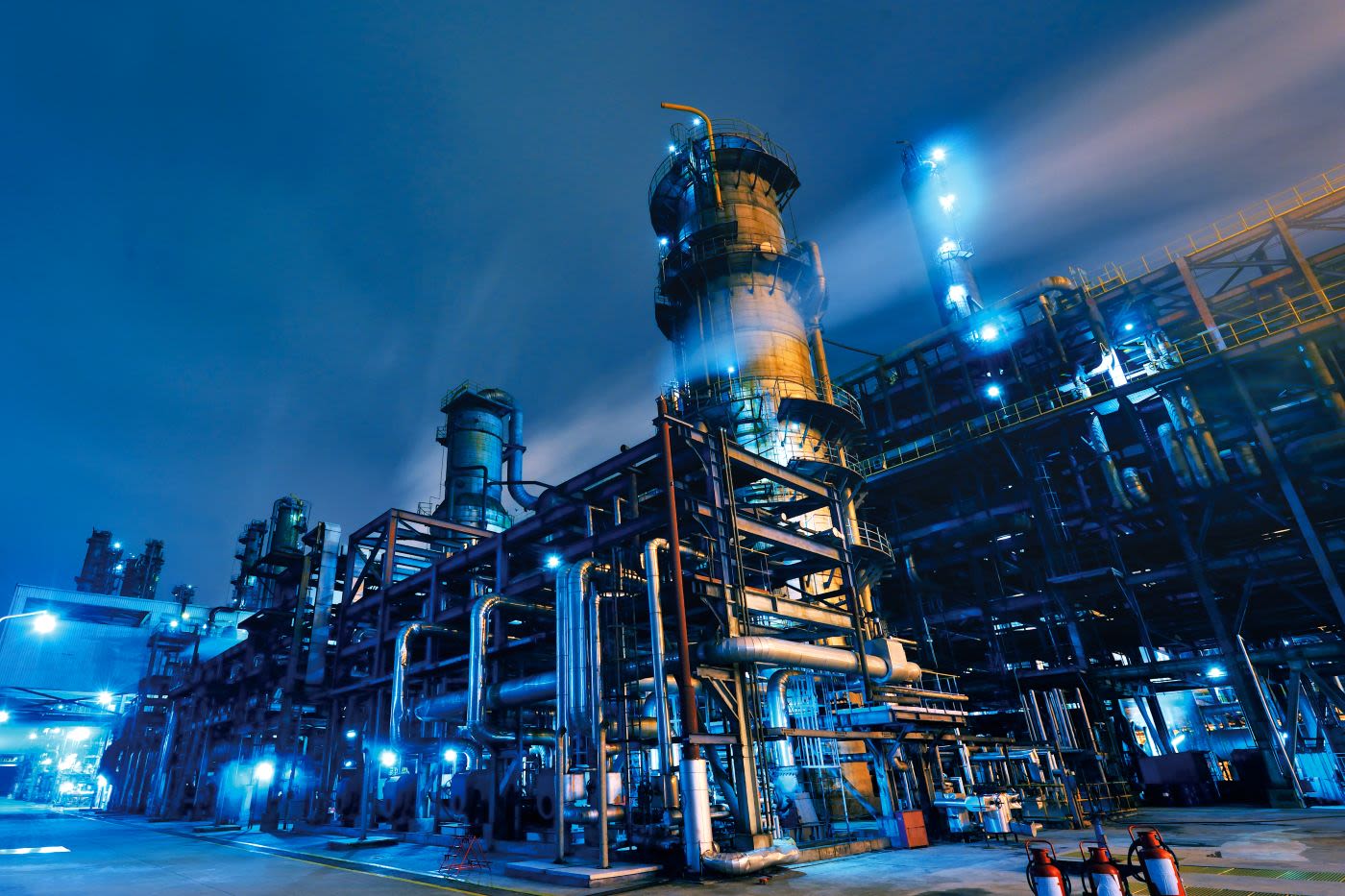IN-DEPTH
Understanding SAF Sustainability Certification
Guidance document on requirements and criteria for sustainability certification

This document aims to provide clear guidance on the requirements and criteria for SAF sustainability certification, in the interest of promoting consistency in the interpretation and application of sustainability standards across different stakeholders and facilitating the certification process.
Malvyn Tan, IATA Head of Commercial Fuel explains the purpose of this guidance.
This guidance was developed in collaboration with

Introduction
Sustainability certification serves as a comprehensive tool for demonstrating environmental, social, and economic sustainability across various aspects of operations, products, and supply chains. It enhances credibility and trust and is an important process to assure that products or services offered by an organization meet recognized sustainability standards or comply with environmental regulations and standards set by governments and regulatory bodies.
Sustainability certification for Sustainable Aviation Fuel (SAF) has gained significant momentum in recent years as the aviation industry seeks to decarbonize[1] and transition to more sustainable fuels. As a growing number of participants enter the SAF supply chain, many, being new to the concept of sustainability certification, have questions relating to it.
This document aims to answer these questions and to provide clear guidance regarding the requirements and criteria for SAF sustainability certification. This can promote consistency in the interpretation and application of sustainability standards across different stakeholders and facilitate the certification process.
The document comprises five chapters, addressing important questions in the context of SAF sustainability certification. A further section covers more specific and specialized questions (FAQ). A glossary explains the key terms used in this document.
This document will be updated periodically to reflect significant regulatory and compliance changes as they occur and to provide additional information, and the latest version will be available on iata.org.
[1] IATA’s member airlines adopted the resolution to achieve net-zero carbon emissions by 2050 at the Annual General Meeting in 2021. This strong commitment has been developed in the IATA roadmaps which set out the milestones for the transition to net-zero carbon emissions (Net Zero Roadmaps). In 2022, the International Civil Aviation Organization (ICAO) adopted a long-term global aspirational goal (LTAG) for international aviation of net-zero carbon emissions by 2050.
Table of Content
1. What is sustainability certification?
Sustainability certification is the process whereby a product, service, or organization is assessed against a set of criteria or standards to determine its environmental, social, and economic sustainability performance.
2. Who provides SAF sustainability certification?
A sustainability certification standard is a structured framework or set of criteria used to assess and verify the sustainability performance of products, services, or organizations. Several organizations offer such standards under their sustainability certification schemes (SCS).
3. Who needs to be certified?
SAF supply chains feature feedstock production, different processing and refining steps, and transportation and distribution of raw materials, intermediates, and final SAF.
4. What activities can a certified entity perform?
Certification recognizes that an entity has demonstrated compliance with specific sustainability criteria and standards established for SAF production and supply chains under a certain certification scheme.
5. How does an entity become certified?
Registration and certification for ISCC and RSB schemes generally involve a 5-step process as explained in this section.






